The history of communication towers: "the country's main television tower"

Ufa TV Tower .
Before the main source of communications in Russia became the towers of cellular networks, there was another global wireless communications infrastructure in the country for decades that still strikes the imagination with its breadth. Under the cut, we are talking about the “project 410” - television towers of the USSR, installed in almost every major city.
The television tower is the support, on top of which the television center antenna is installed. The zone of reliable reception of signals depends on the height of the transmitting antennas, so the towers are built on high points of terrain and high altitude. If for the cellular communication the television tower does not bear any particular practical benefit (cellular equipment can be installed on any building), then television in Russia is supported and distributed mainly through television towers. With the development of satellite and cable television, the practical importance of such towers has declined, but they are still effectively used.
Of particular importance are the metropolitan television towers, in which there are "distribution centers" of signals from all over the country. From here, the programs are “distributed” to analog and digital transmitters, and then from antenna to antenna diverge around the country. For example, in Ostankino the signal comes from on-air studios via cable. Then he can go by cable to the Bear Lakes Space Communication Center, where he will be transmitted to the satellite, converted into digital form and sent further along the cables, or transmitted in traditional analog form. Now to improve the quality of the analog signal is duplicated in digital form.
')
The television tower is also important for meteorology. The equipment is installed on them, from which data on the temperature and wind profiles are received. Since in most cities the towers are the tallest buildings, they often have observation platforms, and for the holiday they are decorated with beautiful lighting.
The country's main TV tower is not Ostankino, as is commonly believed. The height of the “real” main tower is only 180 meters, but it has one important advantage - it can be found everywhere. The television towers of the USSR, the steel lattice constructions of the regional radio and television transmission centers (ORTPTs), were not only functional and the highest constructions of Soviet cities, but also sights.
Project 410

© Panoramio
In the city limits it is now very rare to build towers under two hundred meters. Cellular antenna is a common pole with a complex of transceiver equipment. Most often, the base station is simply placed on the roof of a building, providing a covering radius of 3-5 km. In rural areas and large open spaces, red-and-white cell towers typically have a height of 15 to 80 meters (rarely 100 meters).
TV tower is usually much higher. The steel structure that goes into the clouds, night lighting, the view from any part of the city is a real symbol of technical progress. The towers that have become part of the appearance of many cities over the years have the utilitarian name “Project 410”. All of them were built in the period from 1955 to 1973.
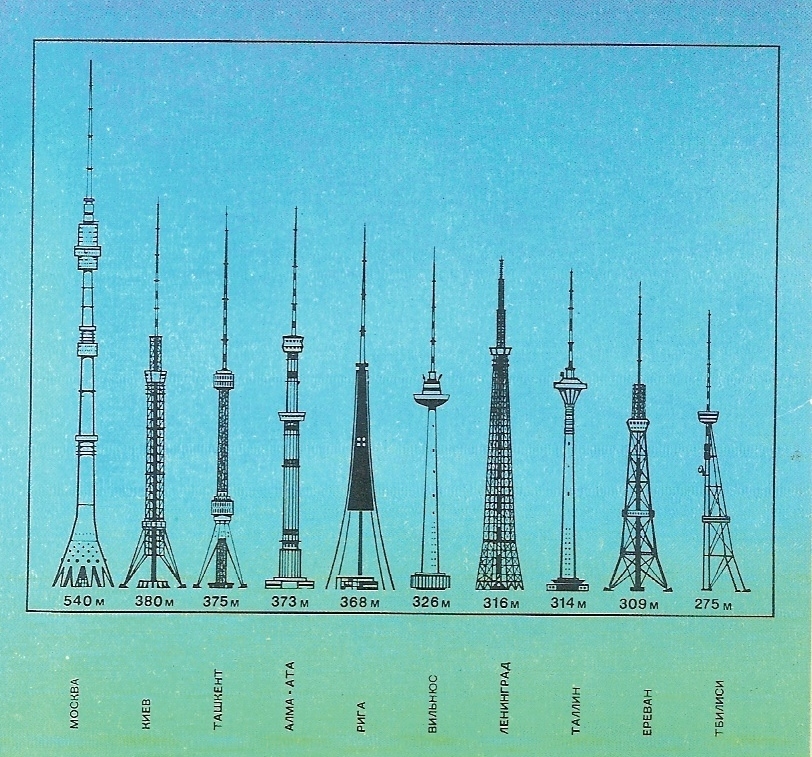
(c) ALEX_LESHY
Filling the tower
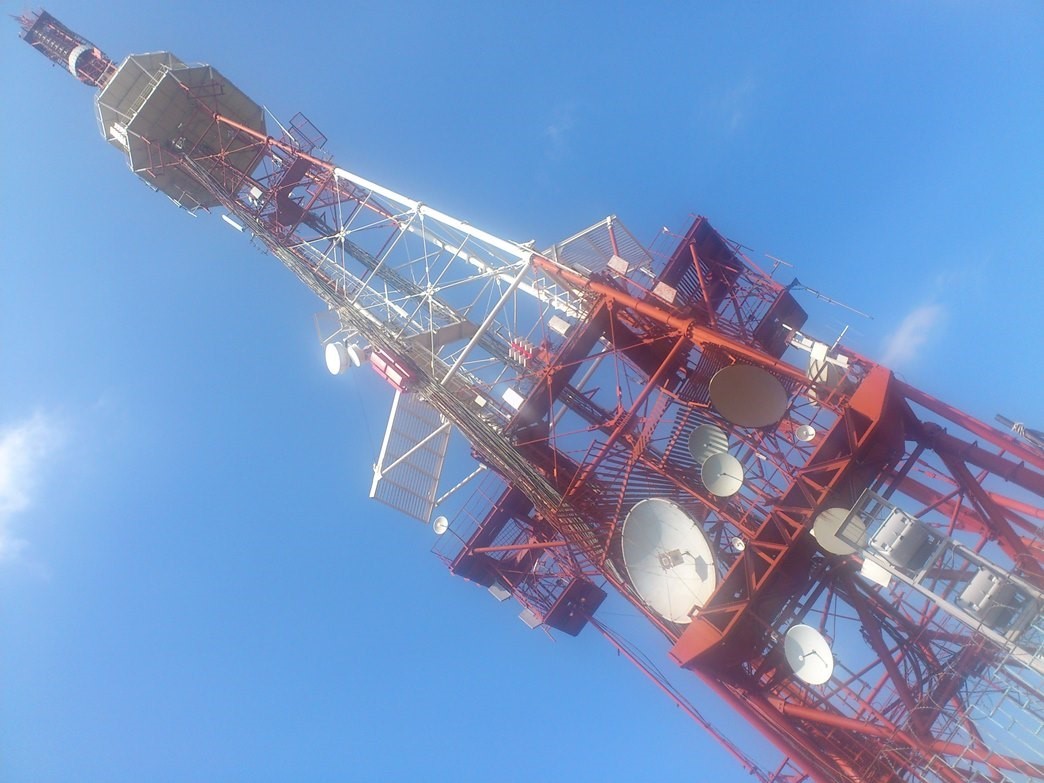
What does a typical tower consist of? The tip is the spire of a decimeter antenna. On the steeple and on the sides of the protective platform, there are large red lights of the lighting system designed to prevent low-flying aircraft and helicopters.
The whole structure, from the lower levels to the very top, is hung with all kinds of equipment. Vibrators of addition of a two-program radio station, TV-band transmitter antennas, half-wave vibrators (for FM-band) and much more, including the equipment of cellular operators (in the lower parts of the tower, since they do not require a large height) and special FSB communications.
The large “observation platform” is a protective umbrella against directional radiation and the influence of “open” periscopic antennas of radio relay lines (huge “searchlights” without glass). The towers of the project 410 such sites should be two: at 108 and 120 meters. In reality, they often made only one platform.
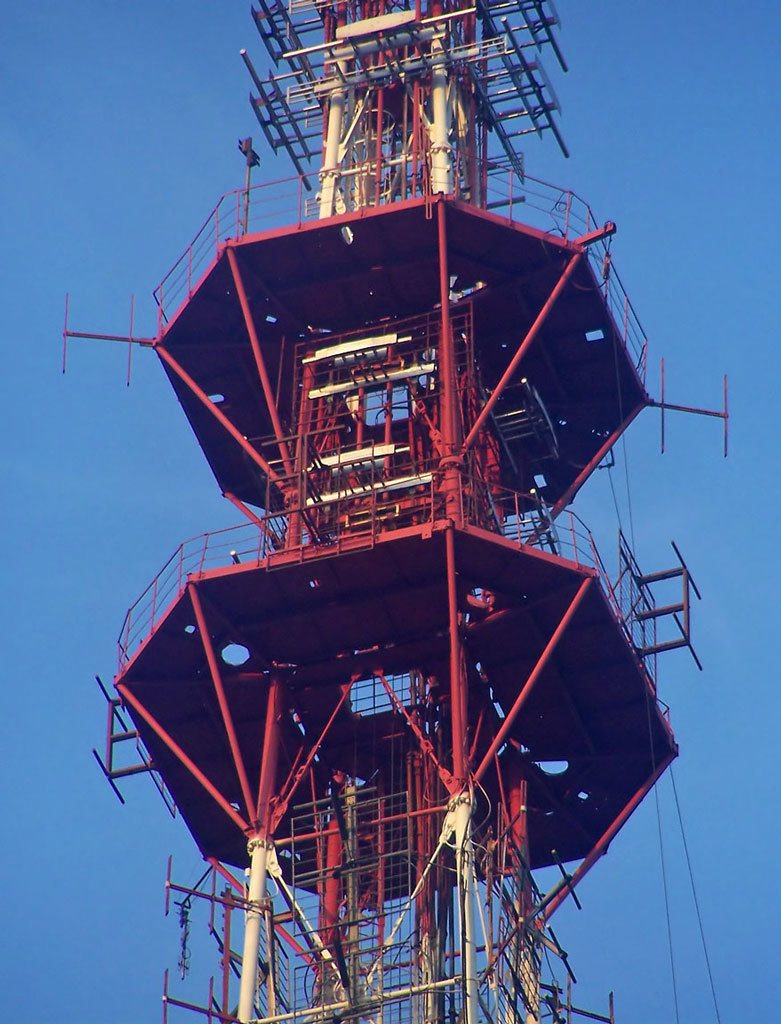
© Radiomap.eu
The work of the tower is accompanied by the roar of powerful fans, which are necessary for cooling television and radio transmitters. Initially, some towers used small pools to cool some radio tubes.
Unique towers
The height of most television towers of the “Project 410” is 180 meters. But there were exceptions: they differed from the typical ones by the lower part, truncated to 32 meters, or both lower parts were reduced and amounted to 64 meters in total.
In the 1980s, the USSR planned to build more modern and high-rise towers that could serve million-plus cities (not immediately, but in the future).

Construction of a television tower in Kiev (380 meters high). It is unique in that it is built without a single bolted or riveted joint - this is a fully welded construction.
In 1983, construction began on Asia’s largest television tower in Sverdlovsk (Yekaterinburg). Its height was supposed to be 400 meters, but in 1991 the construction of the tower was stopped at an altitude of 219 meters. The object is still unfinished.
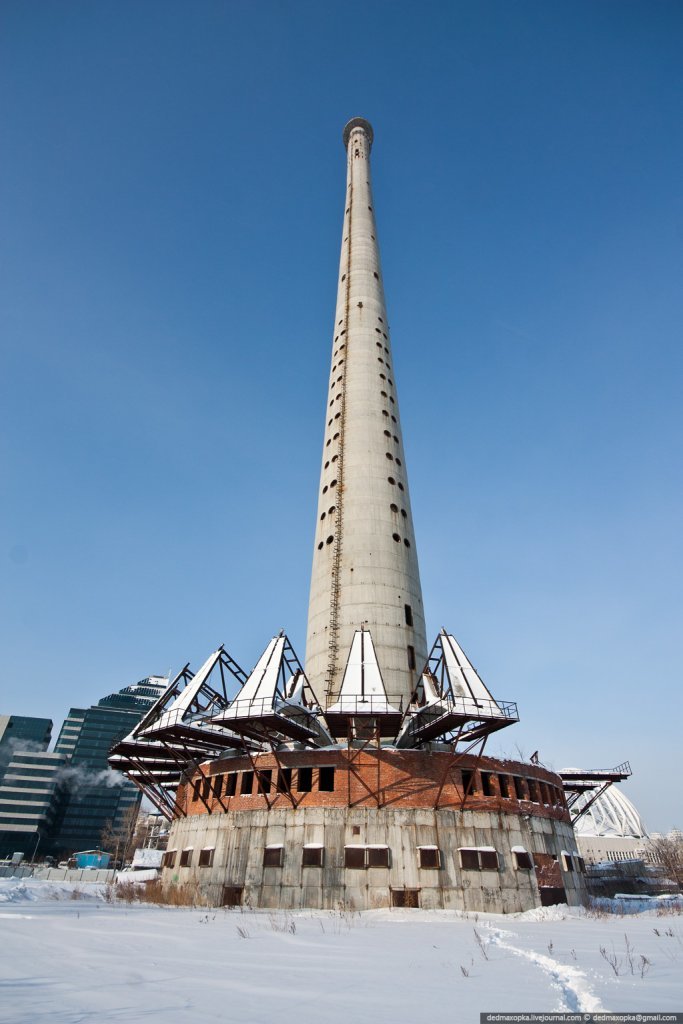
© FederalPress
Modern project of saving the tower in Yekaterinburg:
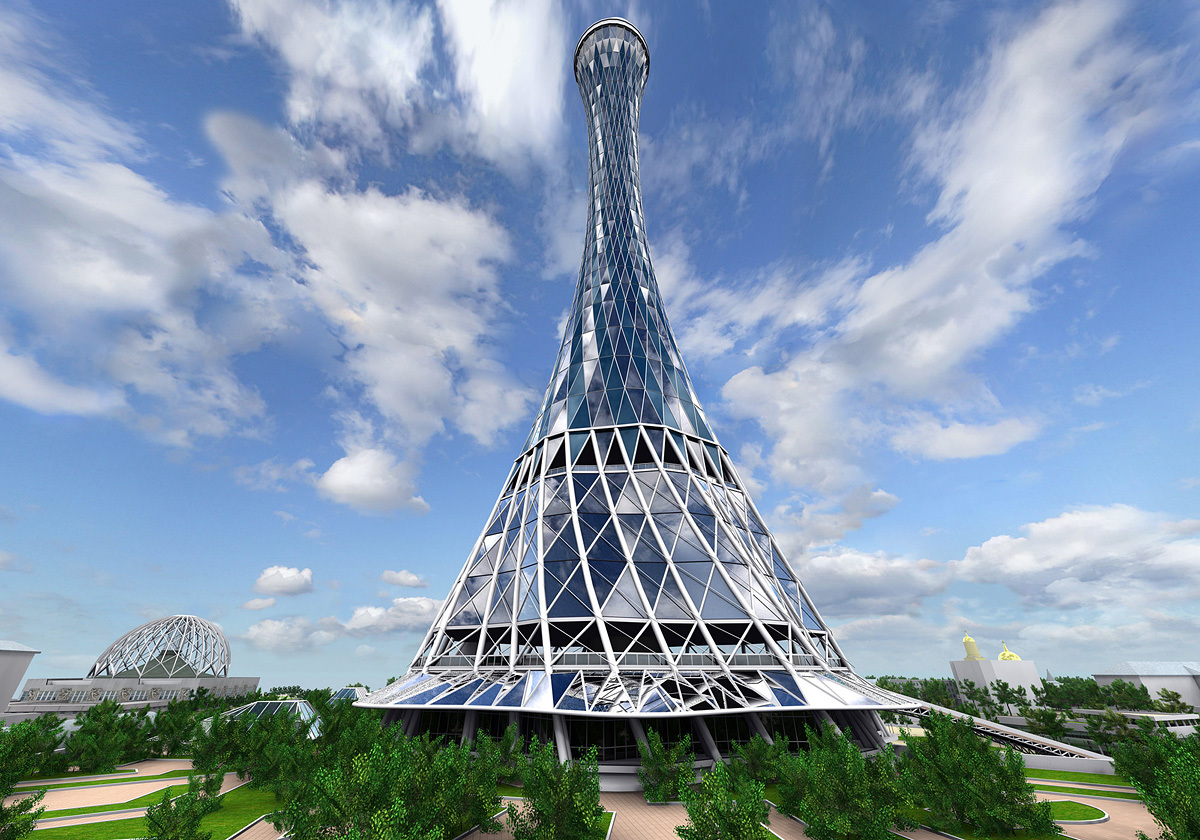
© Alexey Shakhov
Another unique tower, more than 300 meters high, should have been built in Irkutsk, but with the collapse of the USSR, construction was completed at around 60 meters.
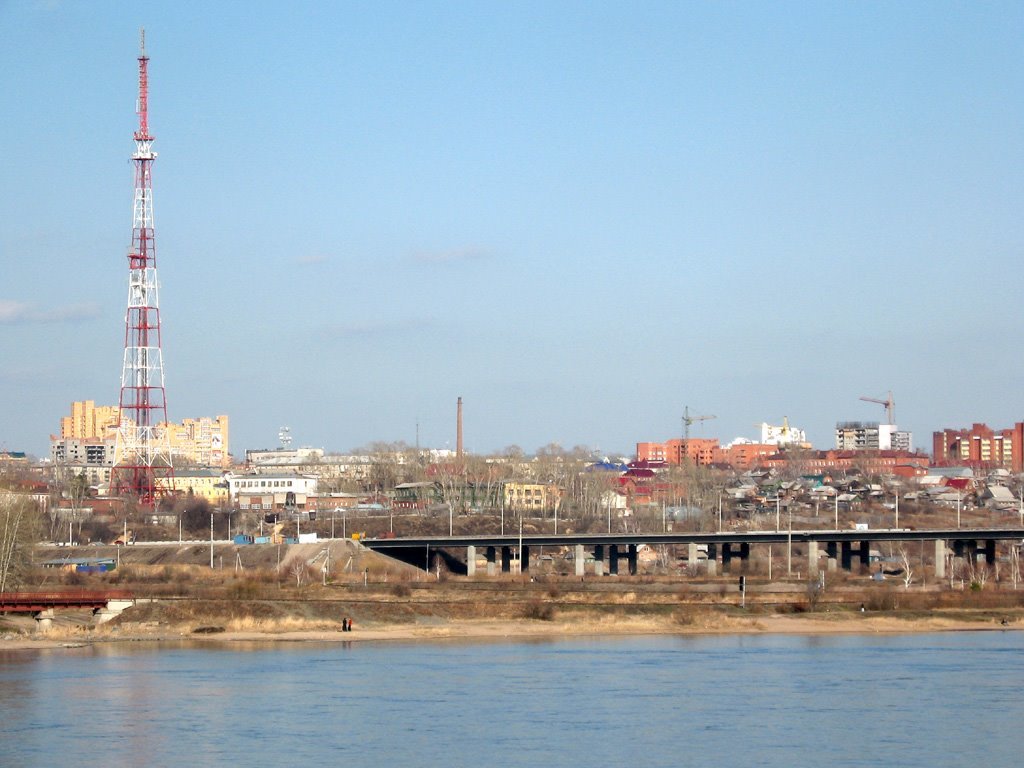
(c) Panoramio
A typical TV tower is now operating in Irkutsk.
Novorossiysk is another city in which a unique TV tower still stands and functions.
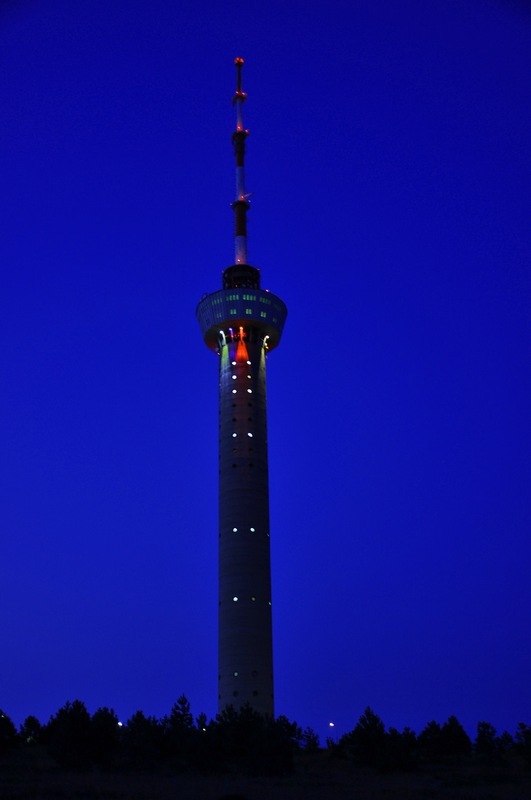
(c) drive2.ru
The 260-meter tower in Novorossiysk with great difficulty finished building in 1996.
Not all huge towers appeared only in large cities. Kyshtym is a city of regional subordination in the Chelyabinsk region of Russia. The population is 37,809 people.
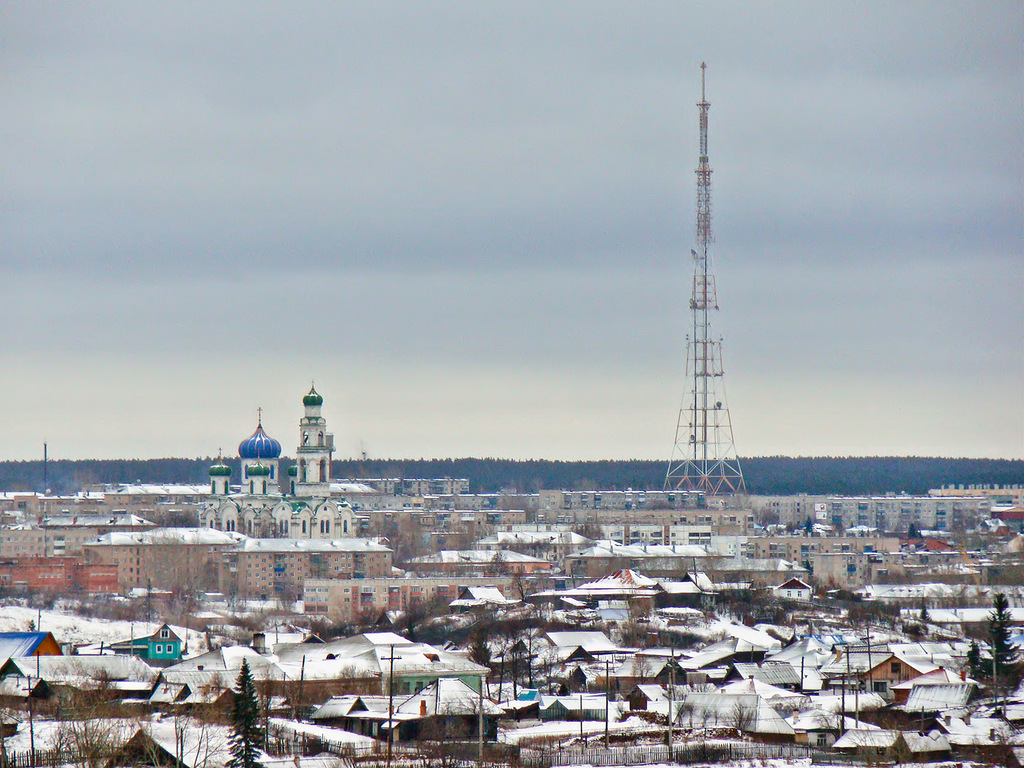
(c) AIDAPOSHEL
Kyshtym TV Tower - 211 meters. Installation from “zero” to 161 meters was completed in 1983. The penultimate 52 meters were installed using a helicopter. The last block of the tower is a one-piece construction - it is a 24-meter spire weighing 7.5 tons.
Zlatoust is a city in the Chelyabinsk region of Russia. The administrative center of the Zlatoust urban district. The population is 169,057 people (for 2016).
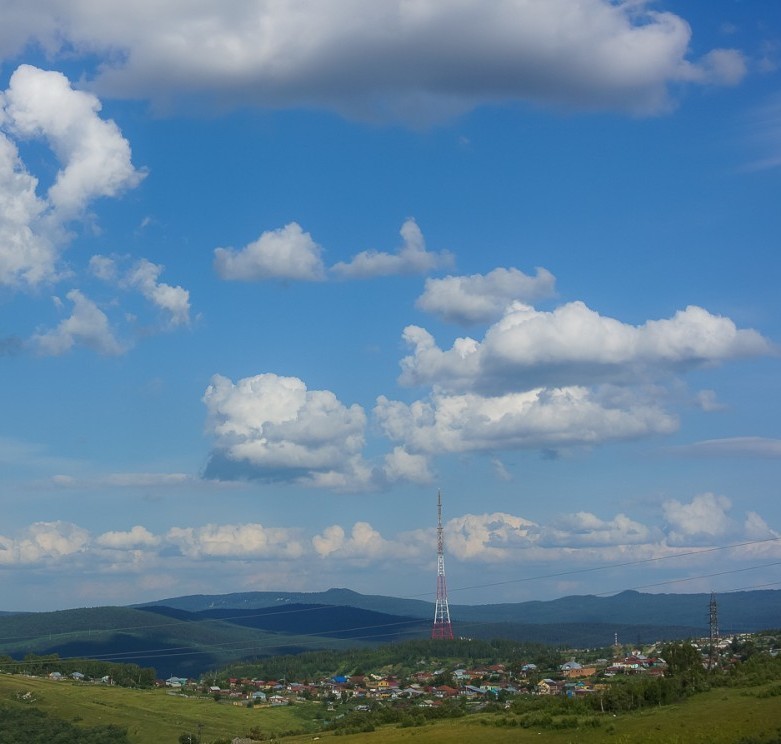
(c) MAXSA1979
The tower in Zlatoust stands on Mount Butylovka (the height of the mountain is 587 meters above sea level). And the height of the tower itself is 210 meters.
One of the non-standard towers of the project 410 was built in Chelyabinsk from 1956 to 1958:

(c) radiomap.eu
Height is 196 meters. The weight of a television tower without additional equipment is 240 tons. With antennas, cables and accessories - 320 tons.
Yuryuzan. 213 meters, the mass of the object - 460 tons.
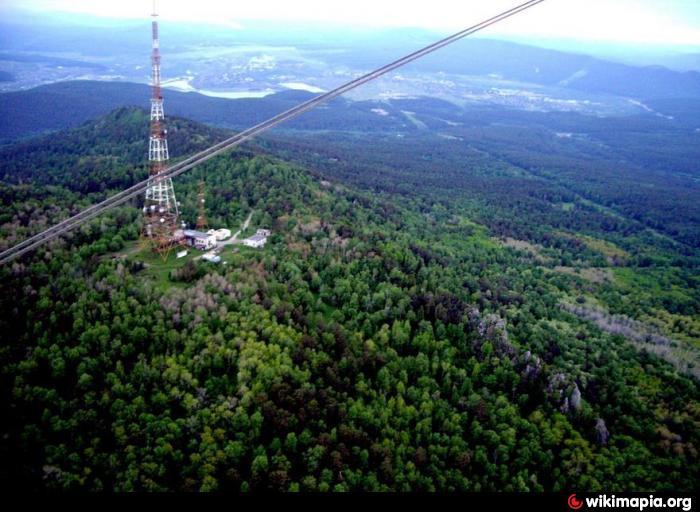
Yuryuzan is a city in the Chelyabinsk region. The population is 11,908 people.
The process of installing the tower element with a helicopter:
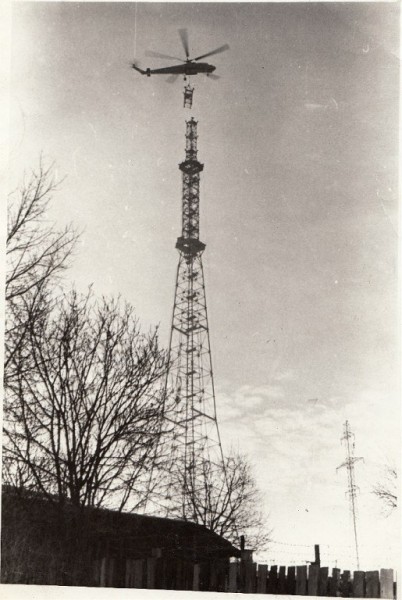
The project 410 towers were erected in more than one hundred regional centers. Exceptions: Moscow, Leningrad, several regional and republican centers, where they built unique towers more than 200 meters high.
Life and death of the TV tower
In recent years, you can often hear about the upcoming demolition of TV towers. Towers that were built 50 years ago not with the latest technology, are becoming unusable. With sufficient care, these structures will stand for many decades, but their maintenance requires money. It seems that in 2016 you can rely on repeaters / satellites, cable communications and mini-cells, but in some cases these towers are more profitable than any other means of broadcasting and transmitting information. Even despite the gradual dilution of the structure under the influence of corrosion, the towers will stand for many years. The equipment installed on them has been functioning for decades. Without television towers in many regions and regional centers we would be able to maintain mobile communications, but the television signal is not.
New technologies do not immediately reach distant regions, so in the coming decades the need to use the usual TV towers will not disappear.
Source: https://habr.com/ru/post/310674/
All Articles